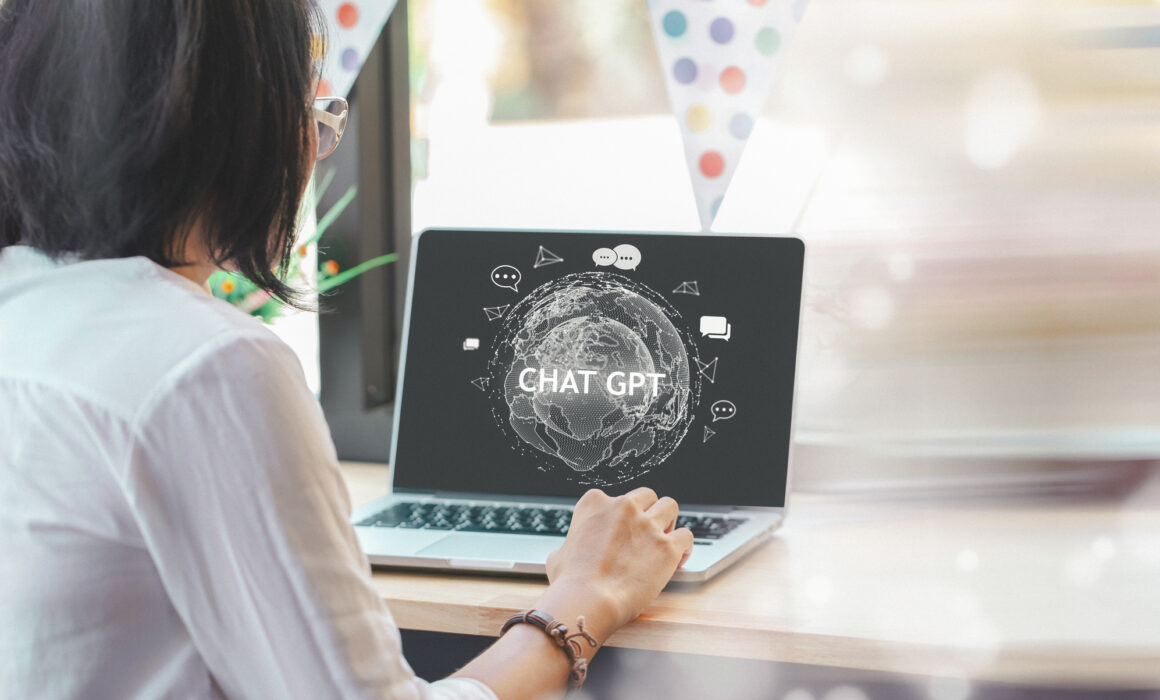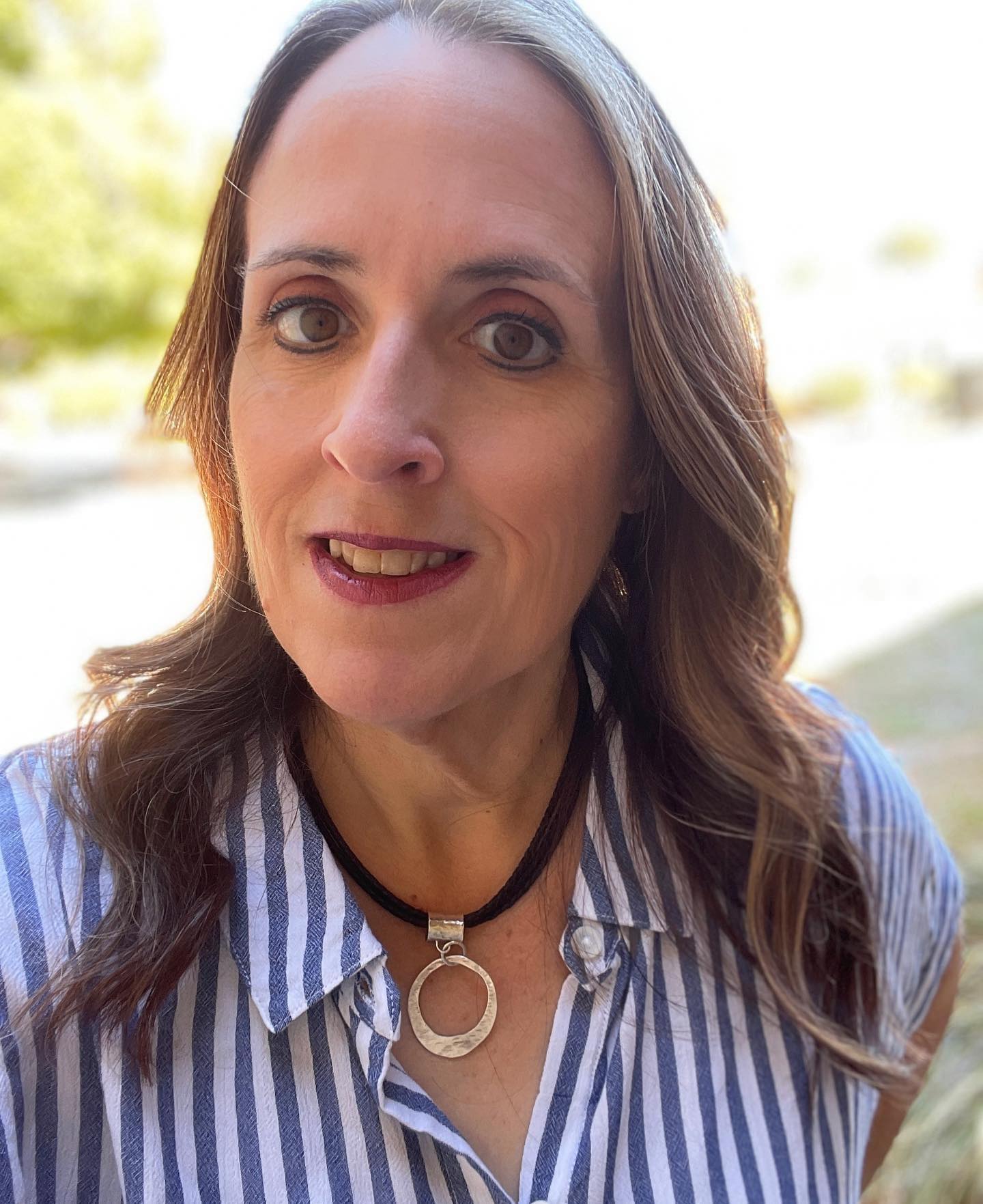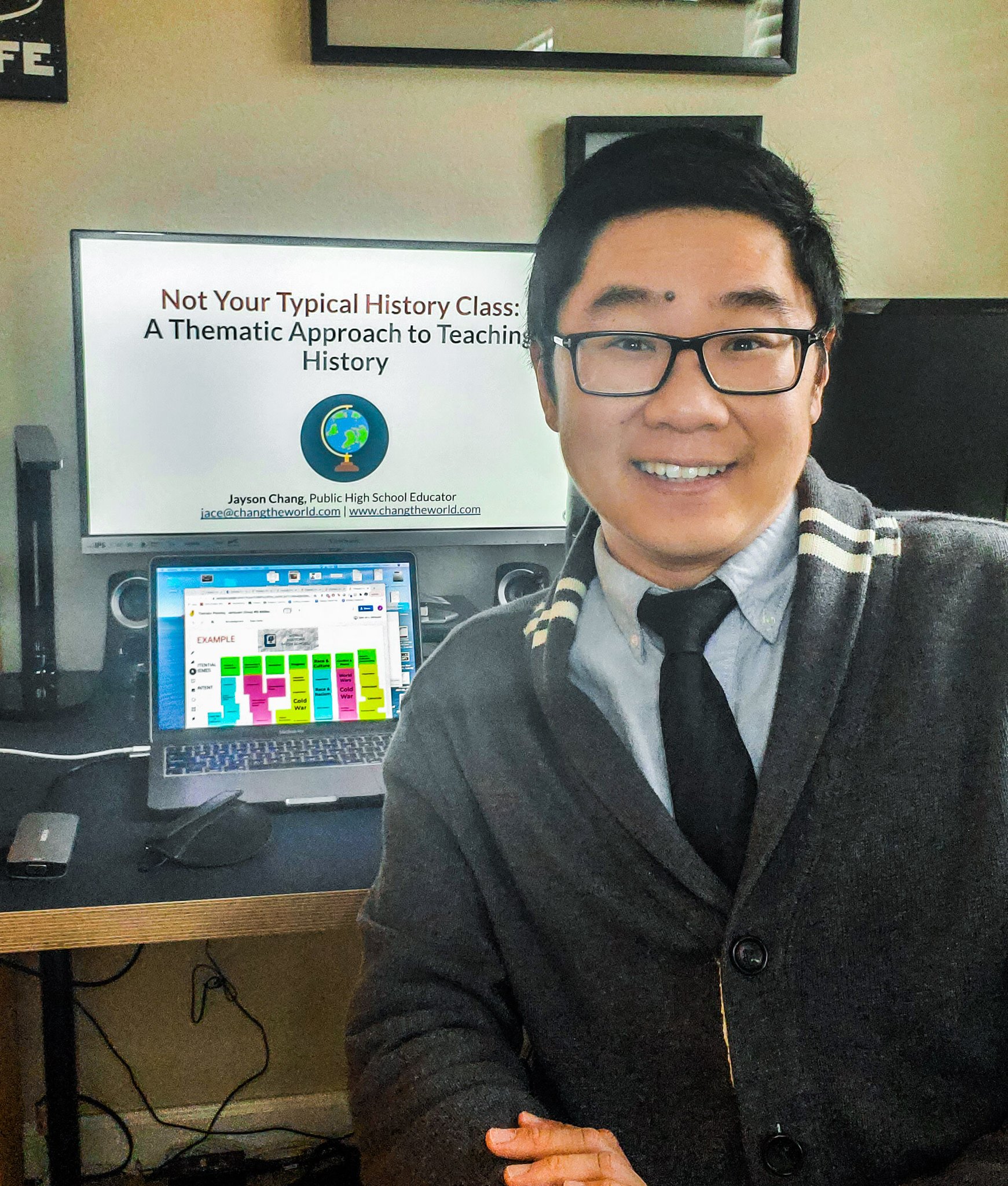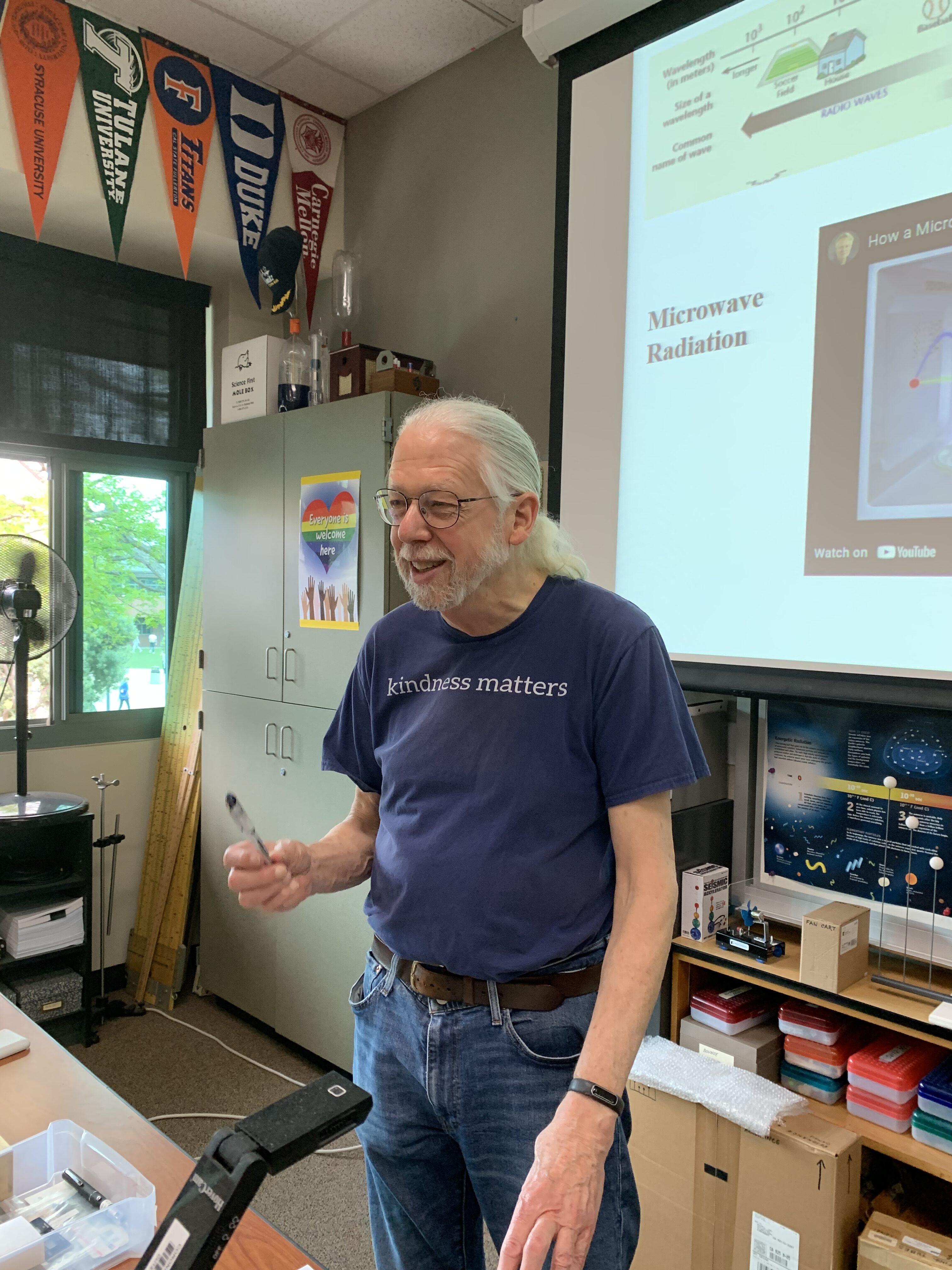
WHEN SOME SCHOOL DISTRICTS across the state banned the use of ChatGPT shortly after its release in late-2022, there were widespread fears of the impact on education. Only eight months later, many educators are lauding its applications in the classroom and encouraging colleagues to accept and embrace generative artificial intelligence (AI) as a teaching and learning tool.
ChatGPT, which stands for Chat Generative Pre-trained Transformer, is an artificial intelligence chatbot that is not only able to have a (semi-) human conversation with users, it can write and debug computer programs, compose music, write essays, answer test questions and translate and summarize text, among other applications. Calling it the “Industrial Revolution of Education,” instructional coach Brenda Richards says the technology will redefine how education looks and feels.

Brenda Richards, El Centro Secondary Teachers Association
“There is no going back to a pre-ChatGPT time,” says Richards, a member of El Centro Secondary Teachers Association. “I think we truly need to embrace ‘how are we going to prepare students for the future?’”
A 31-year veteran educator, Richards supports fellow educators in her current role and is excited about generative AI’s potential as a tool to help teachers. While she understands the valid concerns about ChatGPT being used by students to cut corners or cheat, Richards says many educators are using the emerging technology to redefine teacher productivity, utilizing generative AI to perform tasks that don’t fill their cups so there’s more time for those that do — AI for self-care, she says.
“A lot of teachers are concerned AI will replace them as an educator, but you can’t replace human interaction with a machine,” Richards says. “It’s important that we invest in learning more about AI and how to use it.”
AI saves teachers’ time
So far, Richards has enlisted the help of ChatGPT to write learning targets in student-friendly language, create assessment questions, provide examples and non-examples of concepts, and other applications that allow educators to focus on the relational aspects of teaching. She’s eager to see educators build professional learning groups and networks about generative AI to share, inform and support each other in learning how to use this technology to support students.
“Some of our best learning occurs when we teach each other,” she says.

Jayson Chang, East Side Teachers Association
San Jose high school government teacher Jayson Chang is also focused on ChatGPT’s use in professional development and teacher retention. He says the chatbot is a powerful tool for getting ideas about topics or lessons, and the potential applications that can help educators with tasks and responsibilities could mean the difference between a happy and burned-out new teacher.
“I think this could really help teachers,” says Chang, a member of East Side Teachers Association. “Especially in the first two years, so much time is spent on lesson planning — I definitely had a struggle with work-life balance. We really have to reimagine education in the era of generative AI.”
Chang says the technology is evolving every day, with new applications and possibilities to help educators. He says another generative AI app called Gamma (gamma.app) generates presentations, fliers and websites, handling all the tedious formatting that requires sometimes advanced knowledge and eats up precious time.
“Generative AI is not a substitute for educators, but it can save education by reducing burnout rates in new teachers,” he says.
Coronado High School AP physics teacher Bill Lemei is embracing generative AI to make his job easier — even if he has to do it from home since the school district administrators banned its use on their network. Lemei uses ChatGPT as a research assistant, asking the chatbot to find information, clone problems and identify primary sources. Chat GPT also provides feedback on student assignments based on a rubric he provides the chatbot, and Lemei even asks it to use “Elements of Style” to suggest improvements to his words (“ChatGPT is improving my writing”).
“It’s just a huge time saver for me,” says Lemei, a member of the Association of Coronado Teachers. “I can’t believe this is a free tool!”
Educators as trusted AI guides
Lemei’s advice to educators on ChatGPT: Jump in! With generative AI here to stay, he says educators should be getting in front of it to be trusted guides for students in proper use instead of abuse.

Bill Lemei, Coronado High School AP physics teacher
“We have forced adoption of this tool underground. We ought to be leading and not blocking. Delaying will only make it harder to break bad habits and tendencies,” Lemei says. “Education is getting the kids as ready as we can. We ought to be teaching it.”
The CTA Curriculum and Instruction Committee is currently researching generative AI and its potential uses and impacts on education. The topic was featured at last year’s Good Teaching Conference and New Educator Weekend, led by educators Ricardo Recinos and Teresa Magpayo Castro, members of Hacienda La Puente Teachers Association, who have a YouTube channel called TRansformational Tech. Their session explored practical applications for incorporating ChatGPT and generative AI in the classroom.
“Think about the possibilities when it comes to personalized learning and language instruction,” says Recinos. “I can see it helping me enhance student engagement and motivation.”
Richards says if there are persistent concerns about students using ChatGPT to cheat, educators can adapt to minimize abuse of the tool, including going “old school” and requiring essays to be written by hand. Chang says another idea is to have students ask the chatbot to write an essay and then edit it or write four of their own sentences for every one that the AI writes. He says a student who wants to cheat will find a way, so it’s more important to provide support on how to responsibly use this technology.
Richards adds that it’s natural for educators to be wary of generative AI and its potential impact.
“I think it’s OK for teachers to kind of be on the pendulum swing and alternate between fear and excitement,” she says. “But embrace the change.”
ChatGPT: Your AI Conversation Partner
This sidebar and headline were written entirely by ChatGPT
ChatGPT is an advanced language model that engages in natural language conversations. Powered by deep learning, it generates human-like responses, revolutionizing customer service, virtual assistants and educational platforms. Unlike traditional chatbots, ChatGPT uses a neural network to understand context, provide relevant responses and maintain conversation flow. It continually learns from new data to improve its performance. While ChatGPT offers personalized interactions and enhanced user experiences, it has limitations. Occasionally, it may produce incorrect or nonsensical responses and can be sensitive to input phrasing. Ongoing research aims to address these challenges.
The Discussion 0 comments Post a Comment